Hotter Than Your Ex’s Texts: 10 Chilis That’ll Spice Up Your Life (With a Side of Sass)
Table of Contents
- Welcome to the Fiery Jungle
- Scoville Scale: What Does It Even Mean?
- The Hottest Hits – 10 Chilis You Need to Know
- How to Use These Firecrackers in the Kitchen
- Health Benefits & Common Pitfalls
- Keep it Cool or Burn it Later – Storing Chilis Like a Pro
- Final Thoughts: The World is Spicy, and So Are You
Welcome to the Fiery Jungle
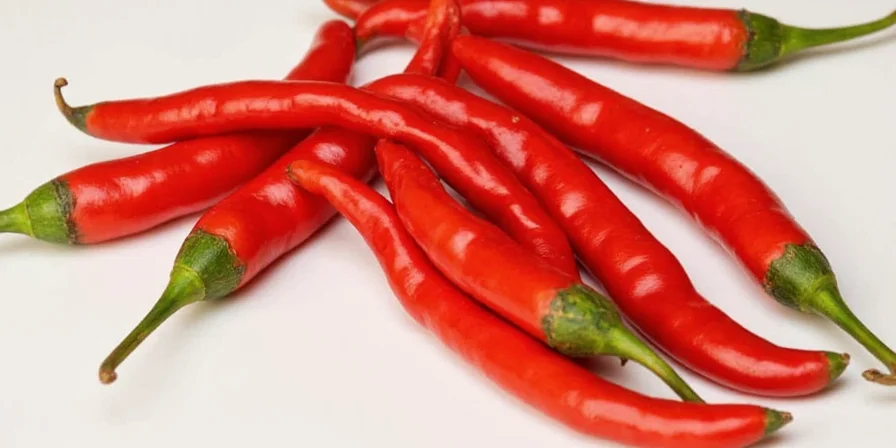
The globe on fire? Nope, just where different chilis come from.
Scoville Scale: What Does It Even Mean?
Before we jump into our list, let’s decode the numbers. The Scoville scale measures the capsaicin content in peppers, which is the compound responsible for that fiery kick. Lower numbers mean milder peppers, while higher numbers = prepare for chaos.| Pepper | Scoville Heat Units (SHU) | Description |
|---|---|---|
| Bell Pepper | 0 SHU | Zero heat, maximum crunch. Safe for toddlers and exes who hate spice. |
| Jalapeño | 2,500–8,000 SHU | Your gateway drug to spicier stuff. Goes great with nachos and regrets. |
| Habanero | 100,000–350,000 SHU | Fruity but dangerous. Handle with care, like a hot ex’s DMs. |
| Ghost Pepper | ~1,000,000 SHU | You probably shouldn’t eat this unless you enjoy screaming into a towel. |
| Carolina Reaper | 1,400,000–2,200,000 SHU | Officially the world’s hottest chili. Proceed with caution—and maybe a will. |

Because sometimes, seeing how much pain you’re about to endure helps... a little.
The Hottest Hits – 10 Chilis You Need to Know
Now that we’ve covered the basics, let’s roll out the red carpet for our 10 most iconic chilis from around the world. Buckle up!- Bell Pepper – The Peacekeeper
The one chili that doesn’t burn. Bell peppers add color, crunch, and sweetness to dishes. Used raw in salads or roasted in stews, they're the chill friend who never starts drama.
- Jalapeño – The Flirt
The Jalapeño teases you with mild heat and a crisp bite. Found in salsas, nachos, and poppers. Great for when you want a little zing but not full-blown heartburn.
- Serrano – The Secret Weapon
Smaller than a Jalapeño but packing more punch, Serranos are ideal for sauces and soups. They’re the quiet friend who surprises everyone at trivia night.
- Cayenne – The Energizer Bunny
Dried and powdered, Cayenne adds heat without overwhelming other flavors. A staple in many cuisines, from Creole to Indian. Also doubles as a metabolism booster if you believe in that sort of thing.
- Thai Bird’s Eye Chili – The Drama Queen
Tiny but mighty. This bad boy is used in Thai curries and stir-fries. Its heat is sharp and fast—like a passive-aggressive text message. Don’t underestimate its power!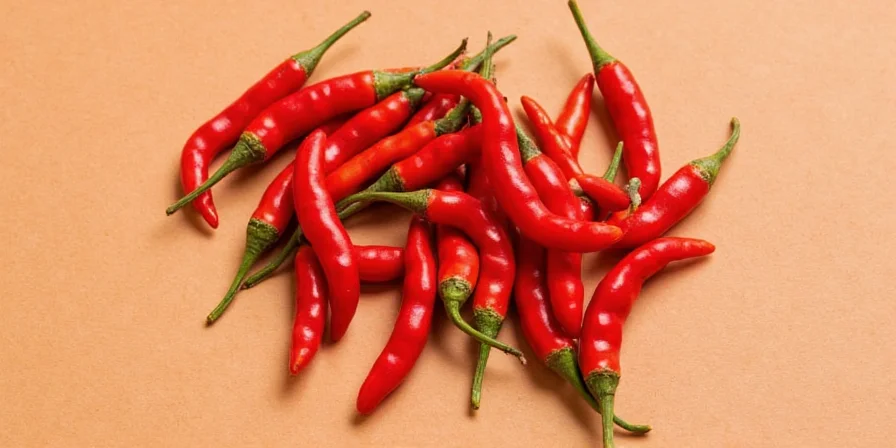
- Poblano/Ancho – The Mood Swinger
Fresh Poblanos are earthy and slightly bitter. When dried, they become Anchos and offer a sweet, smoky flavor. Perfect for mole sauces or stuffed with cheese (hello, chiles rellenos!).
- Guajillo – The Soulful Singer
Another Mexican classic. Guajillos have a mild-to-medium heat with notes of berry and tea. Often used in salsas and marinades. Smooth like your favorite R&B playlist.
- Shishito – The Gamble
Most Shishitos are mild, but every now and then you’ll hit the jackpot and get a super-spicy one. Fun, unpredictable, and perfect for grilling and lightly salting. Kind of like dating apps, but tastier.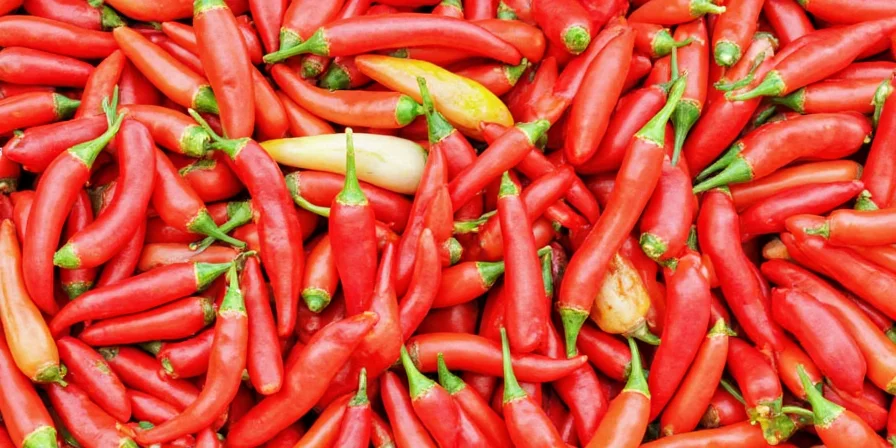
- Habanero – The Party Animal
Fruity, floral, and *very* hot. Used in Caribbean jerk seasoning and hot sauces. If this pepper were a person, it would be dancing on the table mid-conversation.
- Carolina Reaper – The Daredevil
Currently holds the title of “world’s hottest pepper.” Grown in South Carolina, this gnarly beast has a fruity undertone before hitting you like a truck. Not recommended for beginners—or sane people.
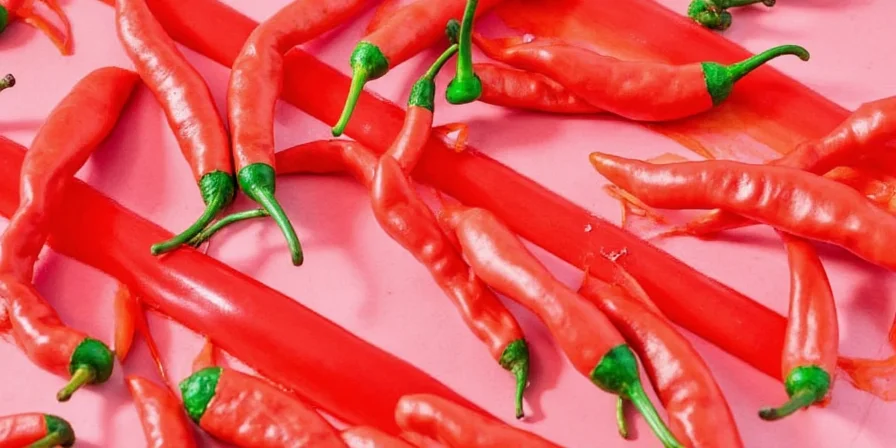
Size comparison because someone had to do it.
How to Use These Firecrackers in the Kitchen
Chilis aren’t just about heat—they bring depth, complexity, and personality to your cooking. Here’s how to use them like a pro:- Roasting: For deeper flavor, roast whole chilis over an open flame until blistered. Place in a bag to steam, then peel and use in sauces, tacos, or dips.
- Infusing Oils: Dry chilis make excellent infused oils. Simply heat oil gently with halved chilis for a few minutes, strain, and store in a dark bottle.
- Making Pastes: Blend fresh chilis with garlic, salt, and vinegar for homemade pastes like harissa, sambal oelek, or gochujang substitutes.
- Drying: Air-dry or use a dehydrator to preserve chilis. Store whole or grind into powders for rubs and seasonings.
- Tempering Heat: If things get too spicy, dairy (especially milk or yogurt) is your best friend. Sugar and citrus also help balance heat.
Health Benefits & Common Pitfalls
While chilis can set your mouth on fire, they also come with a host of health benefits:- Metabolism Boost: Capsaicin increases body temperature and can temporarily boost calorie burn.
- Heart Health: Studies suggest capsaicin may improve circulation and lower cholesterol levels.
- Pain Relief: Topical capsaicin creams are used to relieve arthritis and nerve pain.
- Anti-Inflammatory: Chilis contain antioxidants that combat inflammation and support immune function.
- Burn Alert: Capsaicin isn’t water-soluble. If you touch a hot chili and then rub your eyes… congrats, you’re crying for real reasons now.
- Gut Issues: Too much spice can irritate the stomach lining. Moderation is key.
- Allergies: Though rare, some people are allergic to chilis. Watch for rashes or swelling after consumption.
Keep it Cool or Burn it Later – Storing Chilis Like a Pro
Want to keep your chilis fresh without turning your fridge into a biohazard zone? Follow these tips:- Fresh Chilis: Store unwashed in a plastic bag in the fridge for up to two weeks.
- Freezing: Wash and dry chilis, place in a ziplock bag, and freeze. No need to thaw before using in cooking.
- Dried Chilis: Keep in an airtight container away from light and moisture. Good quality dried chilis last up to a year.
- Spice Blends: Make your own chili powder by drying and grinding chilis with spices like cumin, coriander, or cinnamon.

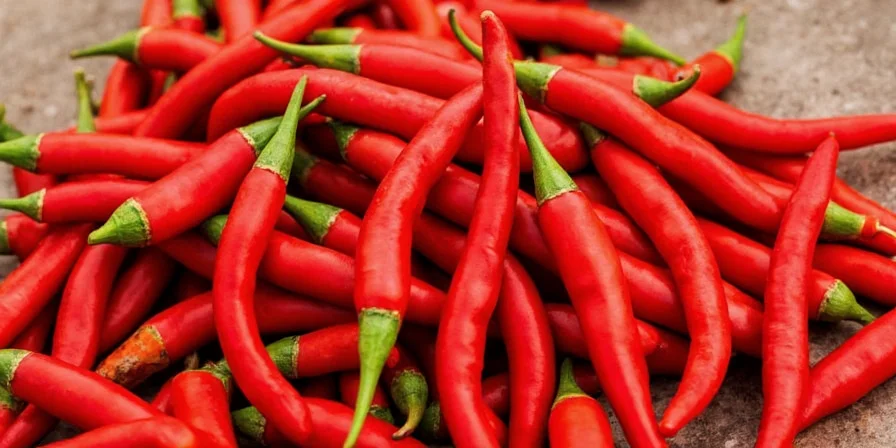









 浙公网安备
33010002000092号
浙公网安备
33010002000092号 浙B2-20120091-4
浙B2-20120091-4